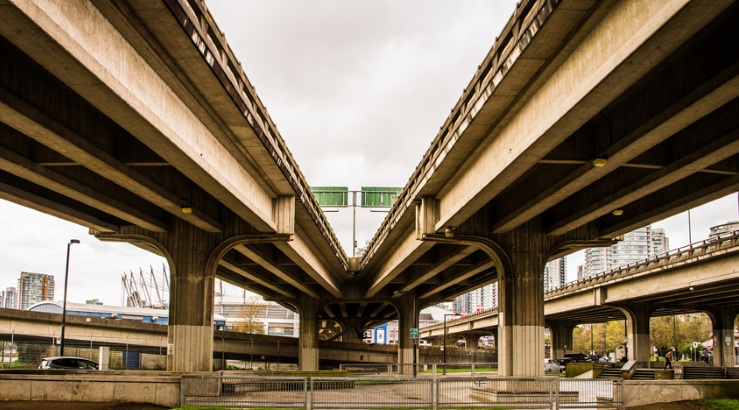Infrastructure
Work on Kenya’s Longest Flyover Faces Further Delays
The much-awaited 2km-viaduct still remains a project without a launch date.

Even as plans to build Kenya’s longest flyover in Nairobi continue to gather pace, construction of the viaduct from the Industrial Area to the CBD remains a project without a launch date.
The venture, which has been in the pipeline since 2016, involves constructing a two-kilometre viaduct—a high bridge that carries a road over an area that is difficult to cross—from Enterprise Road to the city centre to decongest Mombasa Road.
According to the Kenya Urban Roads Authority (Kura) acting director-general Silas Kinoti, the Kenyan government and the Japan International Co-operation Agency (Jica) are now finalising plans to build the viaduct that will fly over the yard at the Nairobi Central Railway Station.
“This viaduct will link Enterprise Road to the Nairobi central business district,” Mr Kinoti said on Tuesday, adding that the project will begin once its feasibility studies are concluded.
He said the flyover was identified in the Nairobi Integrated Urban Development Master Plan 2030 as a key project to ease traffic jams in the city and divert vehicles from Mombasa Road.
“At the same time it is intended to go a long way in expanding the CBD as well as alter permanently the Nairobi city centre landscape and give it a modern look,” Mr Kinoti said.
Kura is the implementing agency for the project.
A Jica study conducted in 2016 found that a section of the overpass would be built on the land Wakulima Market currently sits on, thereby displacing hundreds of traders.
RELATED: Kenya to Build One of Africa’s Longest Flyovers
The study suggests several options to protect livelihoods including the relocation of the market to the nearby Muthurwa Estate.
In 2011, the government announced plans to build one of the longest flyovers in Africa – stretching from Ole Sereni Hotel on Mombasa Road to the ABC Place on Waiyaki.
The project was part of the government’s plan for the abandoned Nairobi Urban Toll Road, which failed to take off after the World Bank withdrew financing citing non-compliance with certain procedures in planning.














